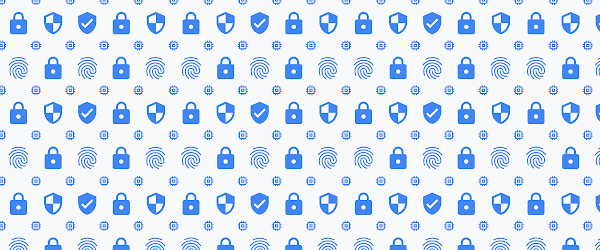Editor’s Note: This is the third blog in our six-part series on how to use Cloud Security Command Center. There are links to the first two blogs in the series at the end of this post.
When a threat is detected, every second counts. But, sometimes it can be difficult to know if a threat is present or how to respond. Cloud Anomaly Detection is a built-in Cloud Security Command Center (Cloud SCC) feature that uses behavioral signals to detect security abnormalities, such as leaked credentials or unusual activity, in your GCP projects and virtual machines. In this blog, and the accompanying video, we’ll look at how to enable Cloud Anomaly Detection and quickly respond to threats.
1. Enable Cloud Anomaly Detection from Cloud Security Command Center
Cloud Anomaly Detection is not turned on by default. You need to go to Security Sources from the Cloud SCC dashboard and activate it. Keep in mind, to enable a security source, you need to have the Organization Administrator Cloud IAM role. Once it’s turned on, findings will automatically be surfaced and displayed in the Cloud Anomaly Detection card on the Cloud Security Command Center dashboard.





